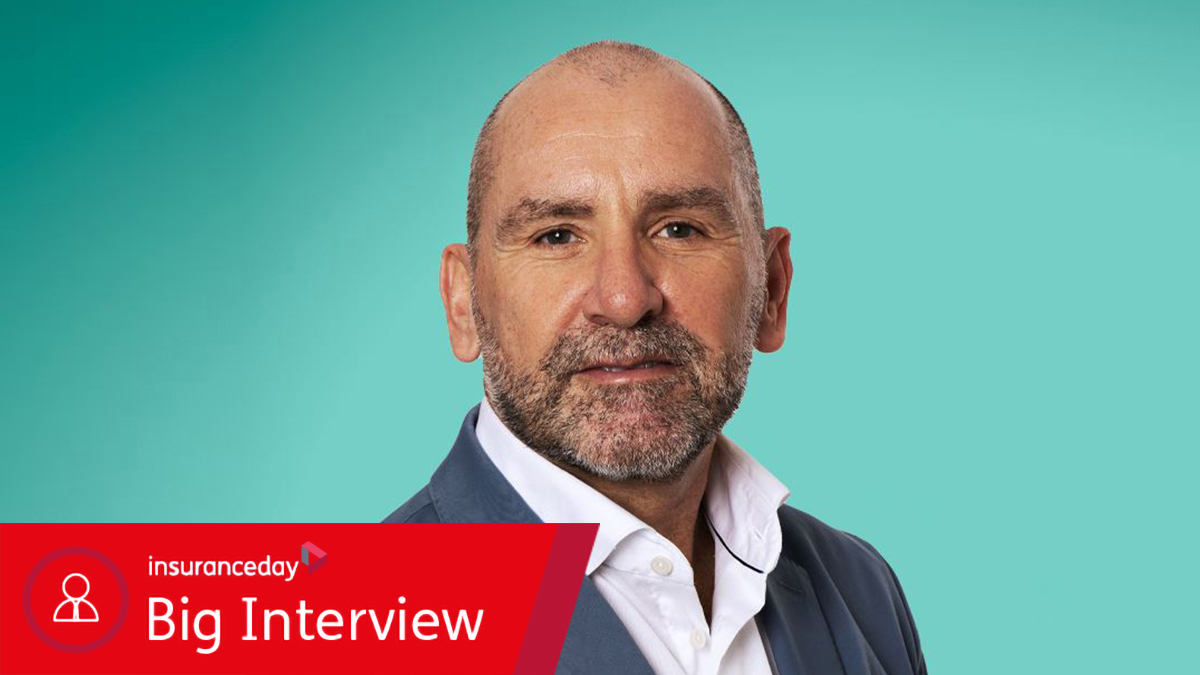Fidelis Insurance Holdings has had a busy year, capped off with strong financial results, and its approach to climate risk has been a prominent factor behind its success, according to its chief executive, Dan Burrows. There have been two key developments for the Bermudian re/insurer in 2023: first, the creation in January of Fidelis MGU, a separate managing general underwriter to sit alongside Fidelis Insurance Holdings’ existing rated insurance entities; second, the closing in July of its initial public offering (IPO), which raised $89.4m and will boost its bespoke and specialty businesses. Fidelis Insurance Holdings’ underwriting income for the nine months to September 30 was nearly $233m, compared with a loss of more than $17m for the same period of 2022, and the combined ratio improved to 82.4% from 101.6%. Fidelis says the improvement was driven by “significantly” lower – down 63% – catastrophe and large losses. In an interview with Insurance Day, Burrows outlines how this improvement is thanks, in large part, to how Fidelis embeds climate change into its underwriting. “We started optimising our portfolio in 2021 as we evolved our view of risk and it’s good to see how that repositioning, in terms of proximity to loss, has really helped our portfolio with very limited downside,” he says. “We believe $100bn is the new normal for the annual aggregate of insured losses from natural catastrophes, but we’ve had very limited loss activity resulting from that, which has been very pleasing.” Put simply, Fidelis stress-tested its book according to the level of exposure to climate perils and geographies it felt comfortable with. Burrows says: “We were factoring in climate change inflation long before most of our peers were, which enabled us to recalibrate our pricing model to make sure we were participating at the right level of exposure, but also getting the terms and conditions right. Then we tiered our client base by strength of management teams, capitalisation and in-house claims handling capabilities. “All of that plays out when you think about losses like Hurricane Ian and the prior-year claims development associated with that, and it has positive effects because you’re dealing with very professional management teams who do a lot of that claims calibration in-house.” The new normal for the industry of $100bn in catastrophe losses each year has been compounded, Burrows says, by sustained capital constraints, with no notable inflow of new capital. “We’ll continue to take advantage of the opportunities these factors create,” he says. “The leverage created through our leadership and relevance to clients enables us to deliver superior underwriting margin, deploying our significant line size to take advantage of differential pricing in an increasingly verticalised market.” Crucially, Fidelis was an early mover when it came to embedding climate change into its underwriting as part of its “ever-evolving” view of risk. Burrows says: “In 2021, we didn’t think the market was pricing climate risk correctly, but we’d been working with Dr Jeff Masters – founder of Weather Underground – who famously said the industry was using 20th century data for 21st century weather. That resonated because climate risk had been a serious consideration for us since we formed Fidelis in 2015. “We’re not looking for top-line growth if that compromises our underwriting integrity and bottom-line profitability. There’s a lot of businesses to look at in the next few quarters in bespoke and we’re seeing no negative trends in terms of volume, but any new business has to hit our hurdle rate”Dan BurrowsFidelis Insurance Holdings “Certainly in the late 2000s and early 2010s, the market in general wasn’t seriously evaluating the secondary peril effect and was buying and selling covers that were just too low. That naïve capital has since left the market and now there’s a transference of attritional loss to the primary carriers, rather than being ceded into reinsurance. From there, it’s about continued improvement in price terms and conditions.” Burrows declines to comment on the company’s Herbie Re catastrophe bonds following losses from Hurricane Ian and the earthquake in Turkey, saying “we can’t give out claims details”. He does, however, say Fidelis is “looking forward to” renewing these bonds next year and the process for this has “already started”. He adds: “The bonds are an important part of our fungible capital and how we view reinsurance. My career background is the retrocession world and our chief underwriting officer was also a buyer at PartnerRe, so we have a lot of that experience in-house.” Three pillars Fidelis saw its gross written premium rise 15% year-on-year for the first nine months of 2023 to $2.8bn. The company says its “strong” top-line growth has been coupled with “compelling” bottom-line profitability. The combined ratio improved from 101.6% to 82.4% and its year-to-date annualised operating return on average equity (RoAE) is 17.7%. Burrows details the firm’s performance and strategy across its three pillars: specialty, bespoke and reinsurance. Fidelis continues to navigate the market and respond to prevailing conditions in conjunction with its partners at the MGU, exploring the strength of its alignment with Fidelis MGU, to deliver superior underwriting margin, deploying its significant line size to take advantage of differential pricing in an increasingly verticalised market”.
Fidelis Benefits from Effective Management of Climate Risk, According to Burrows of Insurance Day

Share
Read more